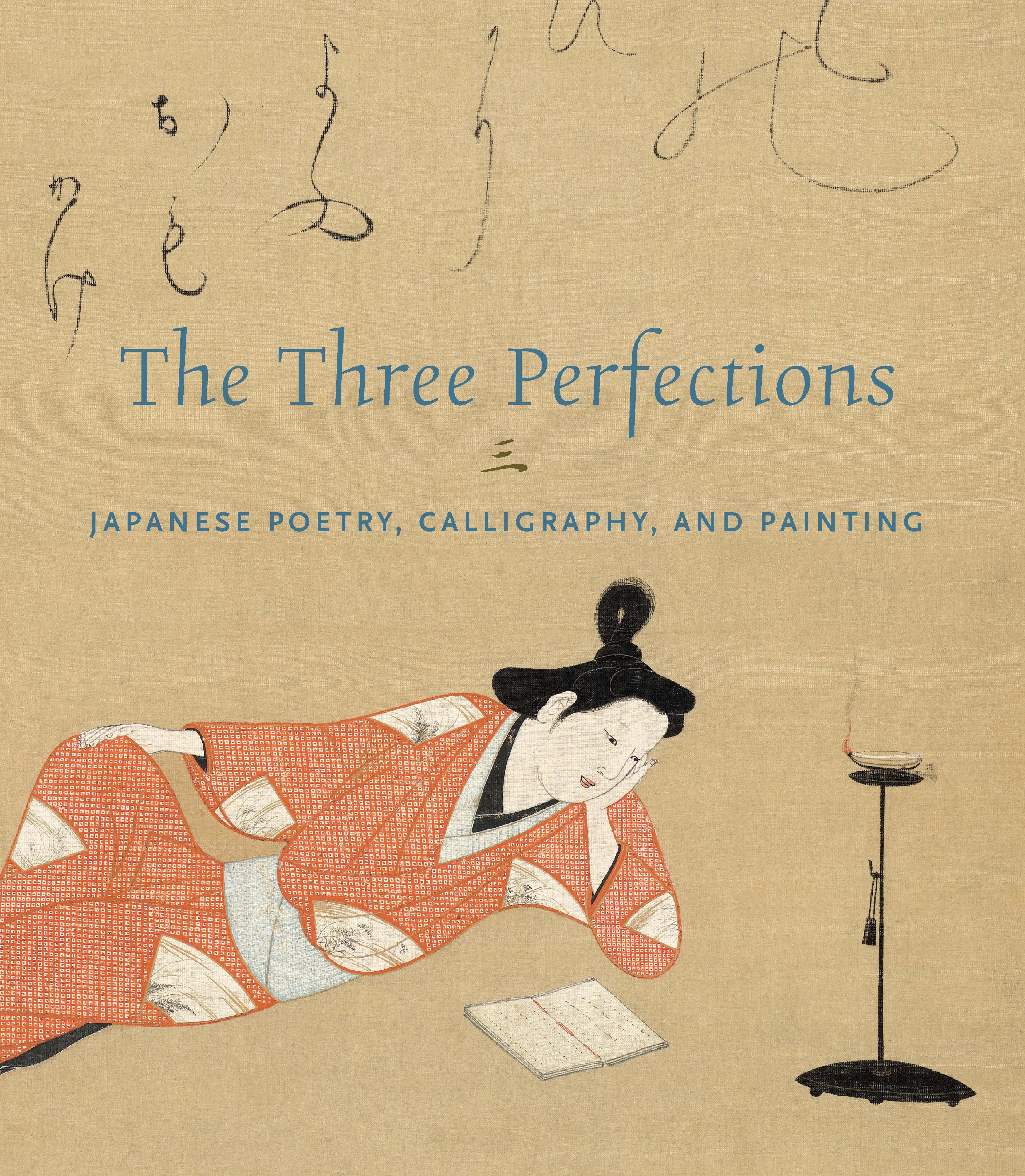Kannon on a Lotus Petal
This painting of Guanyin (Kannon, in Japan) encapsulates the remarkable history of the Ōbaku school of Zen, which was brought from China to Japan in the seventeenth century. The school’s religious and political influence would grow to hold sway even in the imperial palace in Kyoto. The painting is by an imperial princess, daughter of the highly cultured and spiritually inclined Emperor Go-Mizunoo. Genyō trained in Zen teachings and meditation practice in her youth, and then encouraged her father to support Ingen and his Ōbaku sect. The two inscriptions on this painting are by Yinyuan (on the left) and his top pupil Muan.
Artwork Details
- 照山元瑶筆 隠元隆琦 ・ 木庵性瑫賛 一葉観音図 (Ichiyō Kannon zu)
- Title:Kannon on a Lotus Petal
- Artist:Painting by Shōzan Gen’yō 照山元瑶 (Japanese, 1634–1727)
- Artist:Inscription by Yinyuan Longqi (Ingen Ryūki) 隱元隆琦 (Chinese, 1592–1673)
- Artist:Inscription by Mu'an Xingtao (Mokuan Shōtō) (Chinese, 1611–1684)
- Period:Edo period (1615–1868)
- Date:1672
- Culture:Japan
- Medium:Hanging scroll; ink and color on paper
- Dimensions:Image: 16 9/16 × 23 7/16 in. (42 × 59.5 cm)
Overall with mounting: 53 3/8 × 29 in. (135.6 × 73.7 cm)
Overall with knobs: 53 3/8 × 31 1/8 in. (135.6 × 79.1 cm) - Classification:Paintings
- Credit Line:Mary and Cheney Cowles Collection, Gift of Mary and Cheney Cowles, 2018
- Object Number:2018.853.21
- Curatorial Department: Asian Art
More Artwork
Research Resources
The Met provides unparalleled resources for research and welcomes an international community of students and scholars. The Met's Open Access API is where creators and researchers can connect to the The Met collection. Open Access data and public domain images are available for unrestricted commercial and noncommercial use without permission or fee.
To request images under copyright and other restrictions, please use this Image Request form.
Feedback
We continue to research and examine historical and cultural context for objects in The Met collection. If you have comments or questions about this object record, please contact us using the form below. The Museum looks forward to receiving your comments.
